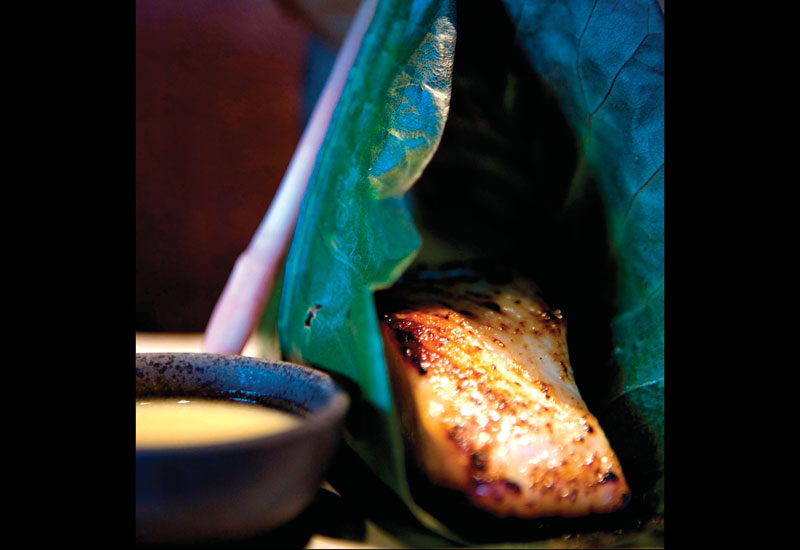So the industry is obviously aware of the overfishing problem — but what impact is it having on daily operations?
Okku has switched from bluefin to yellowfin tuna, which reportedly caused some issues to start with as there wasn’t a reliable supply chain available in the region.
“But by working closely with suppliers and the Japanese markets, we have now been able to overcome this problem,” stated Gardiner.
Zuma’s Clague concurred: “I use substantially more yellowtail tuna than I ever have, all of which is either line-caught or farmed. I have also taken the monkfish and Chilean sea bass dishes off the menu since they appeared on the endangered seafood list.”
These are fantastic examples of how chefs and purchasers can make difference regarding what consumers choose to eat and what distributors choose to supply— but DMYC’s Don is still concerned that some have yet to realise the severity of the situation.
“I know of certain fish farms where there are no quotas or limits to what people can fish and this is very scary as one day the region will wake up to a big problem,” he asserted.
Zuma’s Clague added: “I’m sure people with a conscience check where their seafood comes from, but so many people cannot afford the wild-caught, line-caught variety, so I’m afraid there will always be a market for the less-than-reputable suppliers.
“I think the onus really has to be placed on the governments rather than the restaurants,” he added.

Advertisement
Royal Culimer’s Tollenaar said he felt change was just a matter of time. “People will have to adapt; you can’t reduce the food costs of items which are on the brink of extinction, especially when excellent, sustainable alternatives are available. It’s a mind set purchasers must get into,” he insisted.
According to EWS—WWF’s Alzahlawi, the main challenge the organisation faces with regards to educating seafood suppliers and buyers is the high consumer demand for overfished species, combined with a lack of knowledge about what is happening.
“The iconic status of fish such as hamour, kingfish and shaari, along with their widespread availability, gives the impression that the stock is healthy,” she commented.
“Unfortunately, this does not reflect the reality of the situation, as in fact the stocks of hamour and other species in the same family have seen an overall decline of about 87% between 1979 and 2003.”
However Alzahlawi said she remained optimistic, and that as awareness increased across the supply chain, more people would become aware of the issue and more sustainable alternative products would come online.
Comparing farmed to wild-caught fish, DMYC’s Don claimed the farmed variety was generally “more fatty and of a milkier flavour due to lack of exercise”, adding that some of the top fish farms could extend up to a kilometre square.
“You can’t beat a product grown in its natural environment though,” he admitted. “Wild fish will always have a superior flavour and texture.”
Royal Culimer’s Tollenaar said the difference in taste between decent farmed and wild fish was one “only very few people would notice” — but that texture was a big give-away. “Wild fish or shrimps have to work for a living and are muscled, and you can tell that’s missing in the farmed varieties,” he asserted.










 Search our database of more than 2,700 industry companies
Search our database of more than 2,700 industry companies









